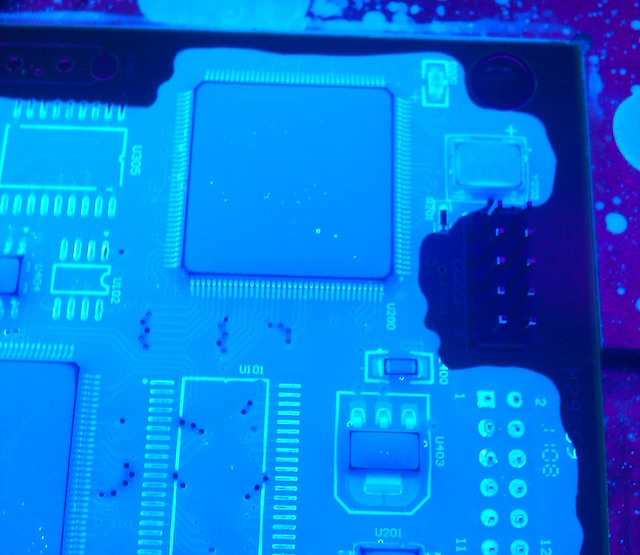
Selective application of conformal coating is this case is applying the conformal coating without using masking to shield components from ingress.
Technically using masking tapes, latex and boots is a selective process. But, we want to look at coating application without masking.
This leaves a couple of different options.
The first is brushing. This is a simple selective process that can be highly effective.
Click Nexus conformal coating brushing technique to find out more.
The second, and the more obvious option, is selective robot.
This process uses a small spray valve (there are many conformal coating spray valve types) that is attached to a robot that follows a set pattern applying the conformal coating selectively to the circuit board.
Click Nexus selective conformal coating application to find out more.
Advantages and disadvantages of selective conformal coating robots
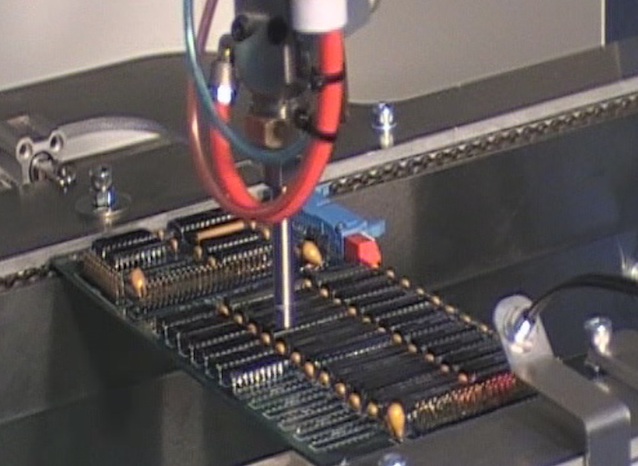
The five advantages and disadvantages of selective application of conformal coating are:
Advantages
- Masking can be eliminated or minimised
- High speed coating process
- High volume process
- High quality finish when under control
- Simple process to operate when set up
Disadvantages
- High engineering skill required for set up and programming
- High engineering skill required for troubleshooting and supervision
- High capital cost initially
- Process controls need to be enforced for good quality production
- Environment can influence the process controls
Find out how we can help you with your conformal coating process now.
Contact us to discuss your needs and let us explain how we can optimize your process for you.



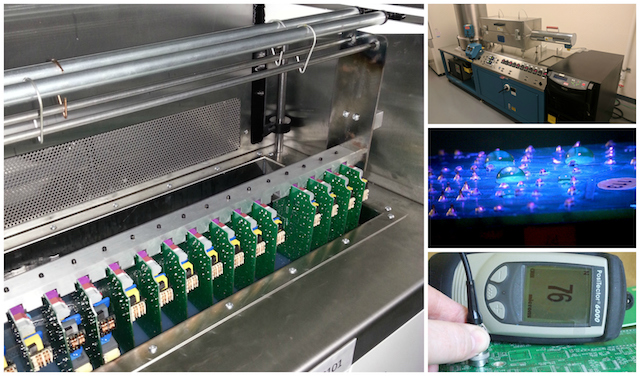 Conformal coatings can be applied to printed circuit boards (PCB) in the production process environment in many alternative ways.
Conformal coatings can be applied to printed circuit boards (PCB) in the production process environment in many alternative ways.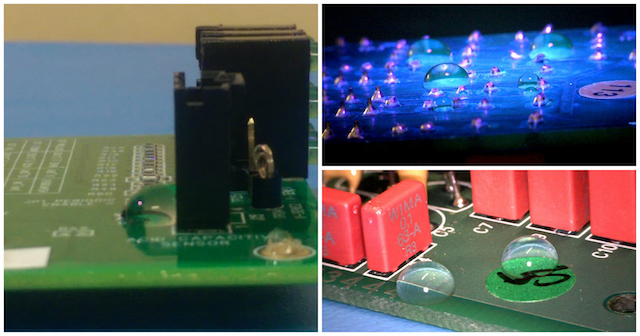
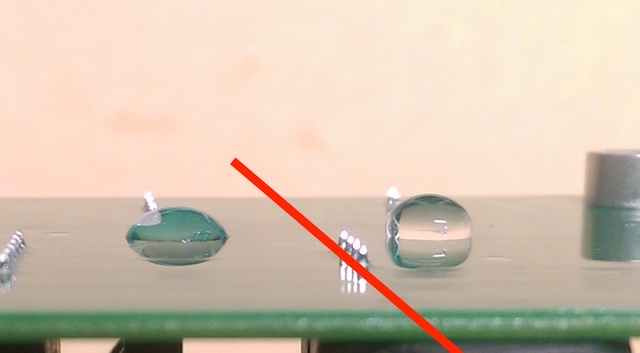
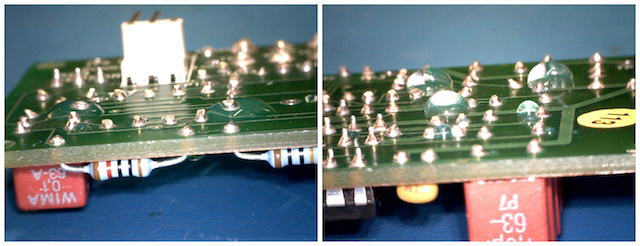
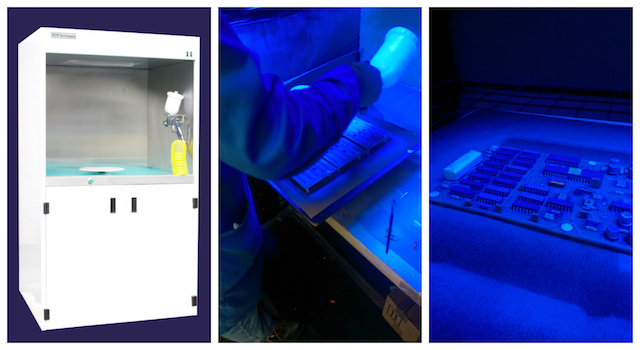
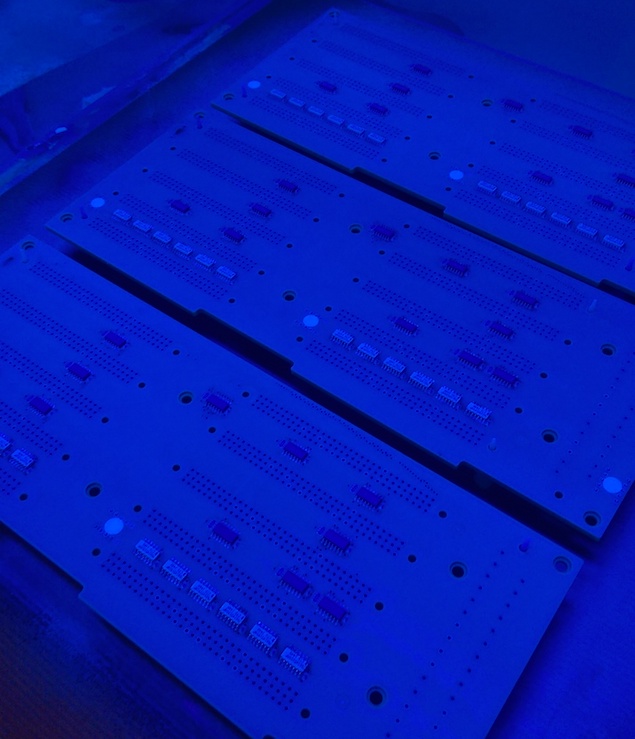
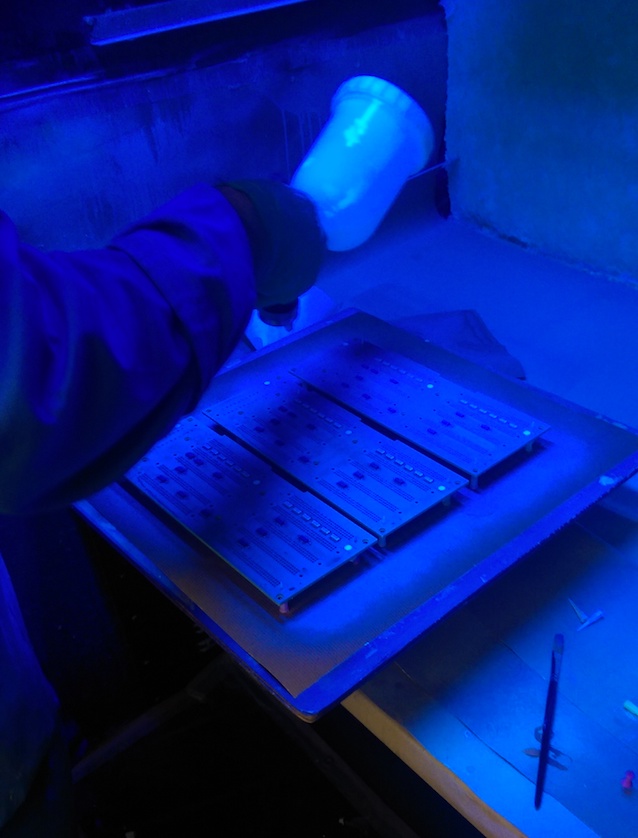
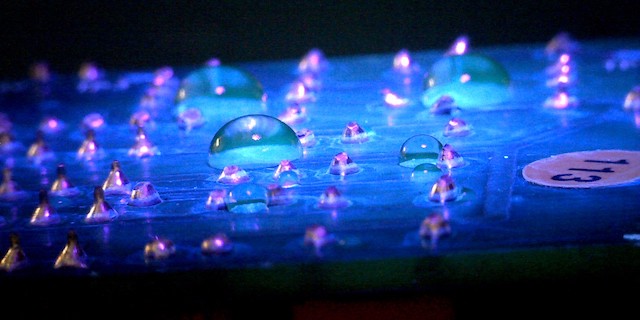
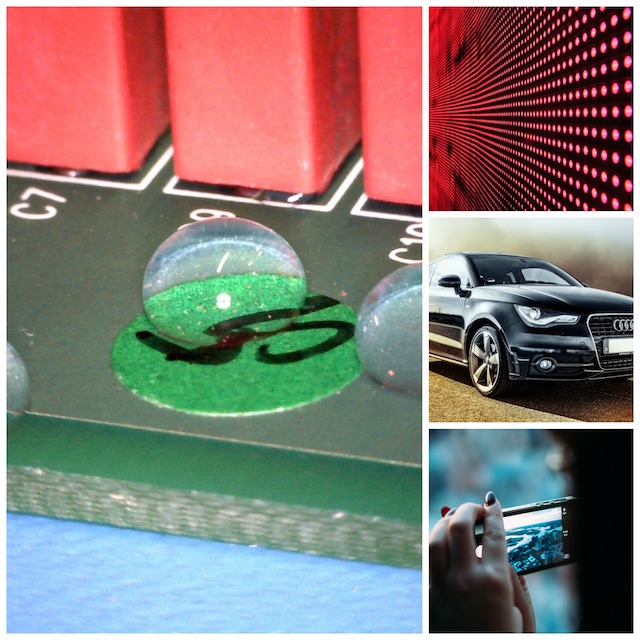

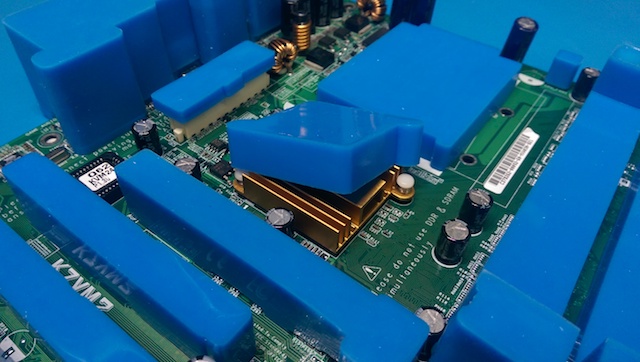 The reality is that a well-designed boot will not allow conformal coating to penetrate into a component if it’s placed correctly; and the fact is that this is a very easy thing to do.
The reality is that a well-designed boot will not allow conformal coating to penetrate into a component if it’s placed correctly; and the fact is that this is a very easy thing to do.